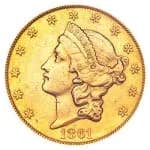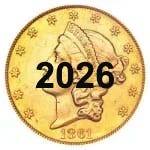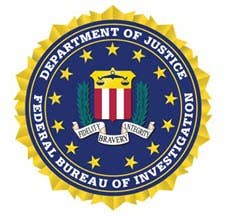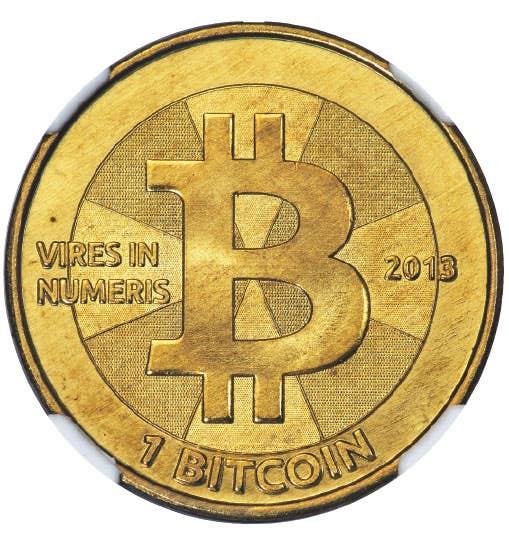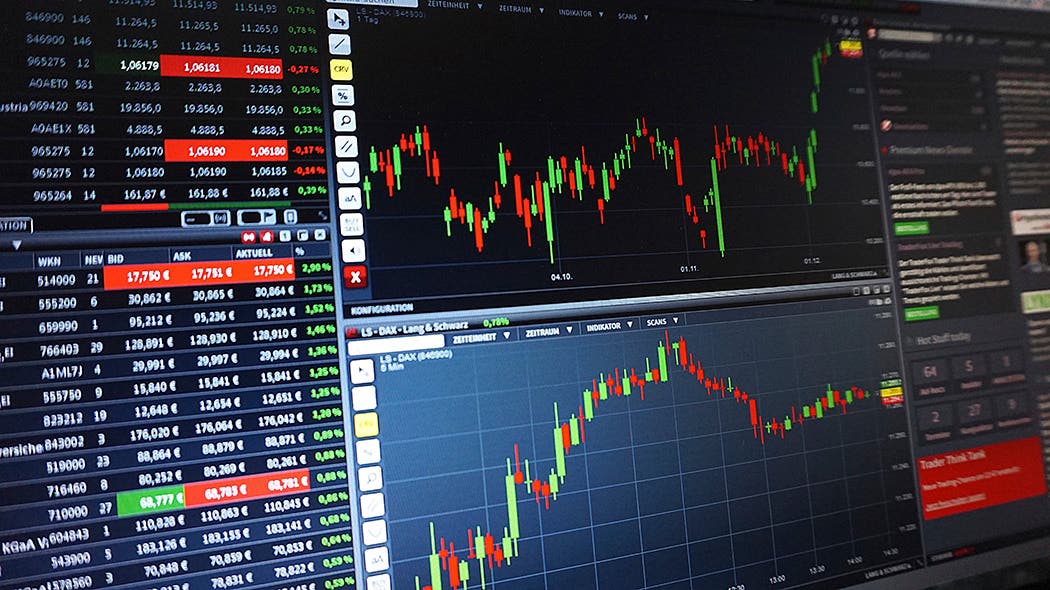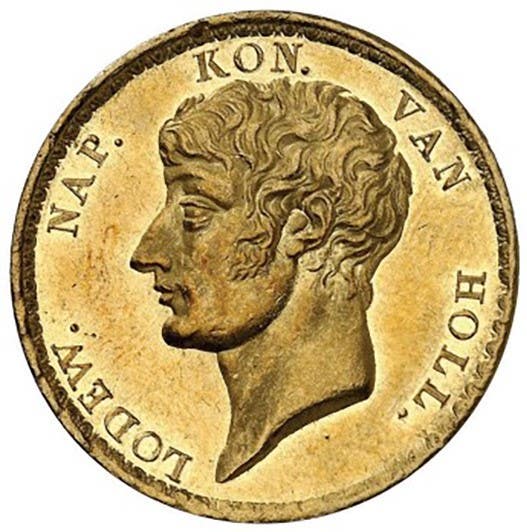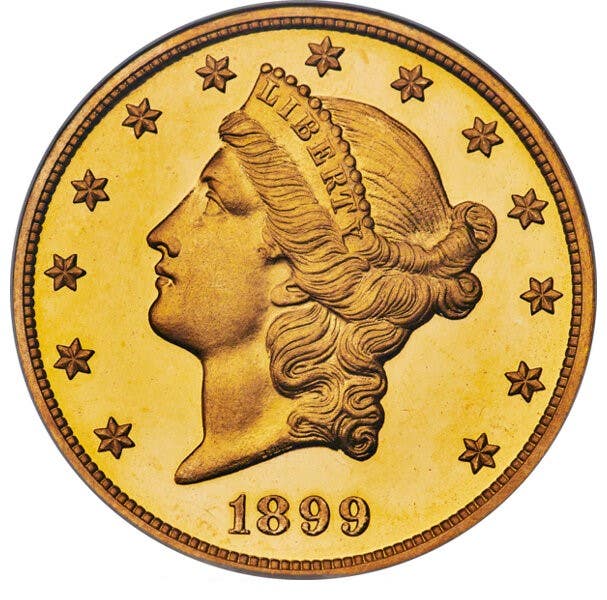U.S. Mint patterns from 1792, including a silver-center cent and, what was once considered a pattern, a 1792 half disme, are to cross the block in American Numismatic Rarities? Aug. 11 auction in Denver, Colo.
The 1,762-lot sale, to take place at the Warwick Denver Hotel in downown Denver, is part of ANR?s latest catalog of the Old West and Franklinton Collections, and also includes plates from the American Bank Note Co. archives.
The silver-center cent is one of two highlighting 1792 cent patterns, listed in J. Hewitt Judd?s pattern work as Judd 1 and Judd 2.
The 1792 silver-center cent, Judd 1, was the first coin to be struck within the walls of the Philadelphia Mint. It was an early attempt by Mint Director David Rittenhouse and Thomas Jefferson to issue a bimetallic cent coin whose intrinsic value matched its denomination.
The example to be offered was once a part of the Virgil Brand and Floyd Starr collections. Graded Fine-15 by Professional Coin Grading Service, it is the most worn of the 12 or so known examples.
Struck just days after the previous offering, the Judd 2 pattern cent is struck from the same dies but on an entirely copper planchet instead of with a silver center. Once called ?fusible alloy cents,? most of these appear to be struck in pure copper rather than an alloy of copper and silver.
The one to be offered by ANR is graded F-15 by Numismatic Guaranty Corp. and, despite its wear, ranks as one of the best of the 10 or so known. A more recently discovered specimen, graded PCGS VF-30, sold for $660,000 in a recent private transaction, ANR catalogers said.
Related offerings include a private 1792 copper pattern coined by Lancaster, Pa., silversmith Peter Getz, and a document signed by Thomas Jefferson that authorized congressional funding for the first year of the Mint?s existence.
Though not struck by the U.S. Mint, the 1792 Getz pattern was struck as a private attempt to acquire the rights to a federal coinage contract while Congress debated the bill that authorized the Mint. With legends and designs based upon the Senate version of the Mint Act, the pieces are a clear attempt by Getz to appeal to lawmakers. His effort was never sanctioned by the government. The Senate version of the bill that became the Mint Act of 1792 required that coins feature ?the head of the President of the United States for the time being, with an inscription which shall express the initial or first letter of his Christian or first name, and his surname at length, the succession of the presidency numerically, and the year of coinage.?
Getz followed those instructions to the letter, creating a pattern with obverse legend that read G. WASHINGTON PRESIDENT I. 1792.
Unfortunately for him, the approved version of the bill included the language from the House of Representatives.
The piece in the sale is struck in copper and graded NGC MS-62 BN.
Joining the pattern issues is the Oliver Jung 1792 half disme, graded PCGS AU-58.
Struck in the spring of 1792 before the Mint was fully built, the half dismes were coined for circulation. George Washington famously called them ?a small beginning in the coinage,? though the text of that particular address to Congress was actually written by Jefferson, whose interest in the first Mint is well known.
Jefferson?s autograph is prominently featured on Lot 16 in the Old West and Franklinton Collections sale, an official printing of the Act of March 2, 1793, which authorized the appropriations for the Mint structure and its first employees.
Signing as secretary of State, Jefferson duly noted the requirement of Congress that the director of the Mint earn $2,000 per annum, the assayer and chief coiner earn $1,500 and the engraver and treasurer earn $1,200 each. Further, the bill authorized $12,079.78 for ?purchasing two lots of ground, with the buildings thereon, and for erecting other buildings, and purchasing sundry materials and necessaries for the use of the mint.?
Other ANR sale highlights include an 1884 Trade dollar in PCGS Proof-64 CAM, Augustus Humbert?s personal 1852 Moffat $10 in NGC SP-67, a 1901-S quarter in NGC MS-67, the Eliasberg 1794 dollar graded PCGS EF-45, a 1799 dollar graded PCGS MS-66, a gold proof set from 1908, an NGC Proof-67 Ultra Cameo 1861 double eagle and more.
Lots may be viewed online at www.anrcoins.com. A printed catalog is available from ANR, telephone (866) 811-1804.

